
The effort to recover the Mexican gray wolf has sparked intense debate in Catron County, New Mexico. Even after federal efforts to reintroduce the species since the late 1990s, local residents and ranchers report increased threats to livestock and public safety.
In light of such threats, the county is now considering declaring a state of emergency. The move highlights wider tensions between conservation objectives and local needs.
Although wolves play a crucial role in balancing ecosystems, their return poses significant challenges for rural communities. The situation highlights the need for balanced management strategies that consider both ecological and human impacts.
The Mexican Gray Wolf
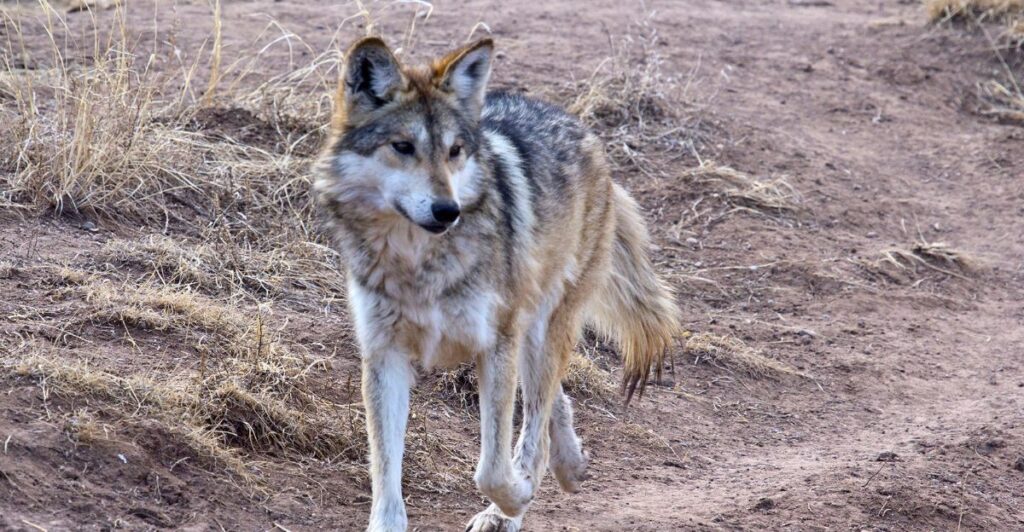
By the mid-20th century, the Mexican gray wolf had all but been eradicated through coordinated extermination efforts. In 1998, federal agencies started reintroducing wolves to their original habitats in Arizona and New Mexico.
Catron County, with its vast public lands, became a focal point for these efforts. However, local opposition has been intense, with residents seeing the wolves as not only a physical threat but also a testament to government overreach. Those rifts are rooted in decades of unresolved conflicts over land use and conservation.
Economic Challenges for Ranchers
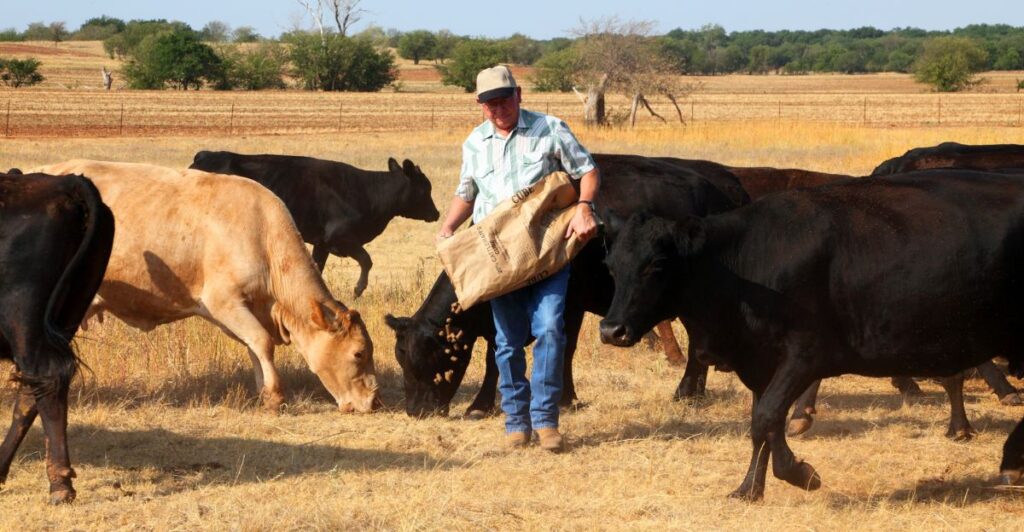
Livestock depredation by wolves has placed a substantial economic burden on ranchers in Catron County. Confirmed depredations have led to major financial losses in recent years.
Although federal programs exist to reimburse these losses, payments are often delayed or insufficient. The county has invested millions in mitigation efforts but has yet to receive adequate federal compensation.
The financial burden exacerbates existing challenges such as drought and increased operational costs, further complicating the livelihoods of local ranchers.
Public Safety Concerns
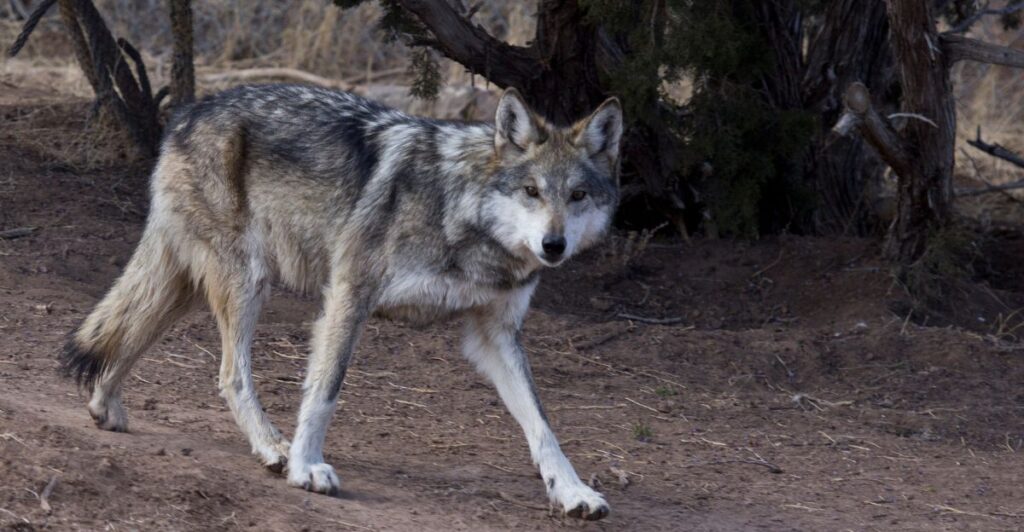
Residents of Catron County report seeing an increasing number of wolves that no longer fear humans, with some sightings near schools and houses. Pets have been snatched from yards and children are no longer permitted to play outdoors unsupervised.
These incidents reflect an increasing tolerance displayed by wolves towards humans, which can often be traced back to governmental policies such as supplemental feeding.
The county argues that this creates an immediate threat to the health and safety of its population that must be addressed in order to manage wolf populations effectively.
Federal vs. Local Governance
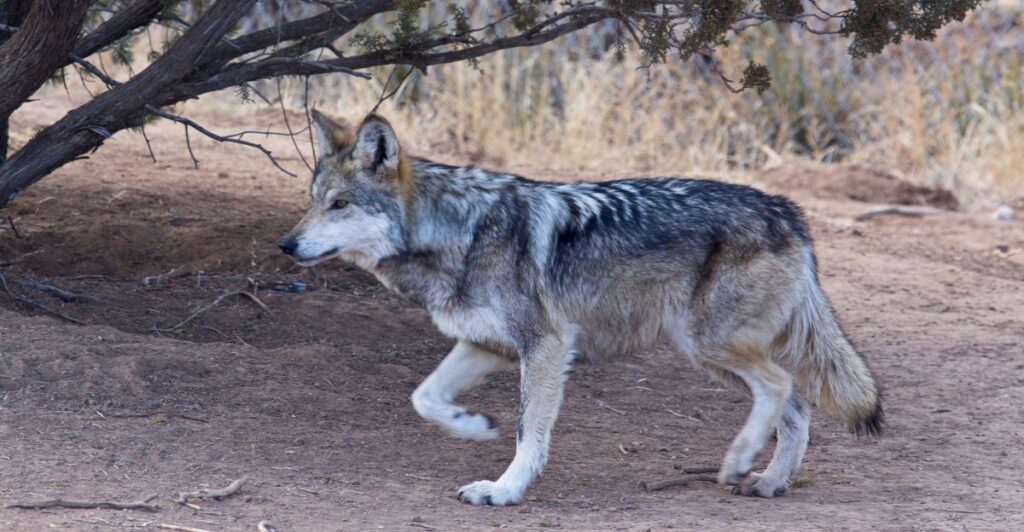
Catron County’s plight reflects a broader conflict between local autonomy and federal wildlife conservation mandates. More than three-quarters of the county consists of federally managed land, which restricts local control over policies directly affecting residents’ livelihoods.
This tension mirrors historical campaigns such as the Sagebrush Rebellion, through which Western states attempted to gain greater control over public lands.
Declaring a state of emergency is seen as a way to pressure federal agencies into more balanced management practices that consider local needs.
The Role Wolves Play in an Ecosystem

While the Mexican gray wolf plays a crucial role in maintaining ecological balance by controlling prey populations, its recovery must be carefully managed.
Critics argue that current policies prioritize wolf populations over human communities. Supporters, in turn, argue that wolves are vital to ecosystem health and that coexistence is possible with better management strategies.
This debate highlights the complexity of balancing conservation goals with human needs, calling for innovative solutions that address both ecological and social impacts.
Regional Comparisons and Lessons

The challenges faced by Catron County are not unique. Similar conflicts have emerged in Oregon and Northern California, where counties have also declared emergencies because of wolf-related issues.
These cases are part of a growing trend of rural communities opposing federal wildlife policies that they believe ignore local concerns. Learning from these regions could provide valuable insights into mitigating conflicts in Caton Count and improving national conservation strategies.
Proposed Solutions and Collaborations
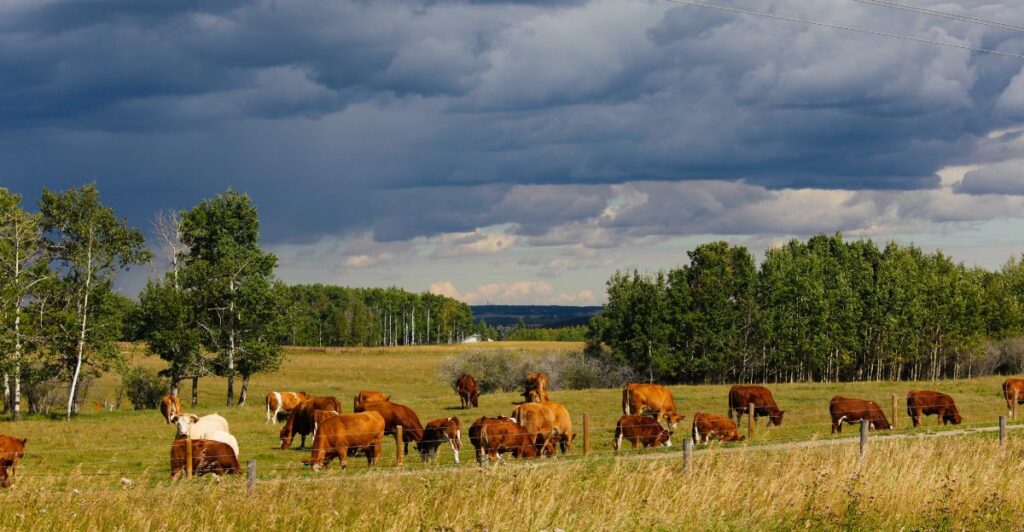
In response to these concerns, Catron County advocates for increased funding for mitigation efforts, faster reimbursement for livestock losses, and stricter management of wolf populations near human settlements.
Strategies such as hazing wolves away from populated areas and improving compensation programs could reduce tensions. Additionally, promoting collaboration between federal agencies and local stakeholders is critical for achieving sustainable coexistence. This collaborative approach could help develop policies that balance ecological conservation with economic sustainability and public safety.
Broader Implications for Conservation
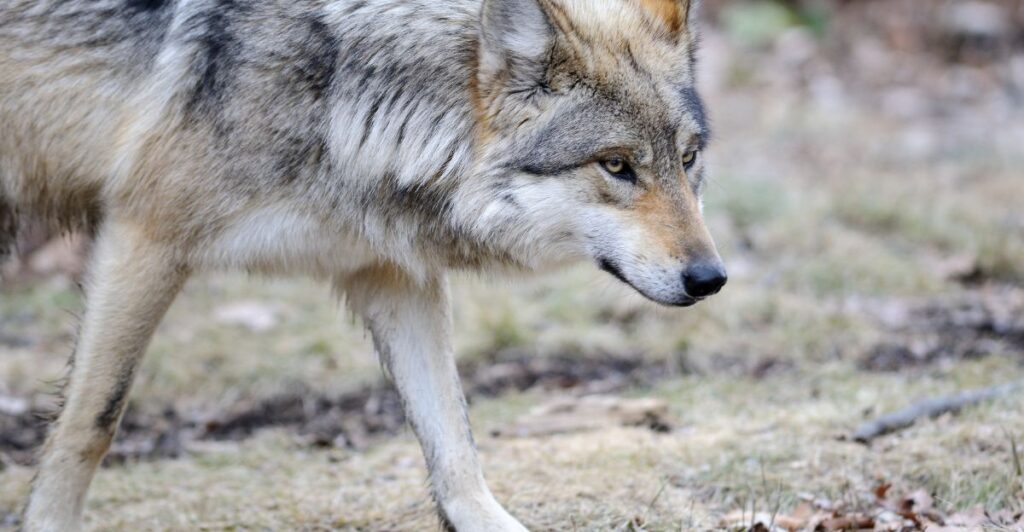
The situation in Catron County raises questions about the future of predator reintroduction programs in the United States. Without adequate support for local communities, which bear disproportionate costs, public opposition could jeopardize conservation efforts nationwide.
Conversely, addressing these issues could bolster support for such initiatives by demonstrating that human-wildlife coexistence is indeed possible.
This requires policymakers to develop frameworks that ensure wildlife recovery and community well-being, which is essential for the long-term success of predator conservation.
A Collaborative Approach is Needed
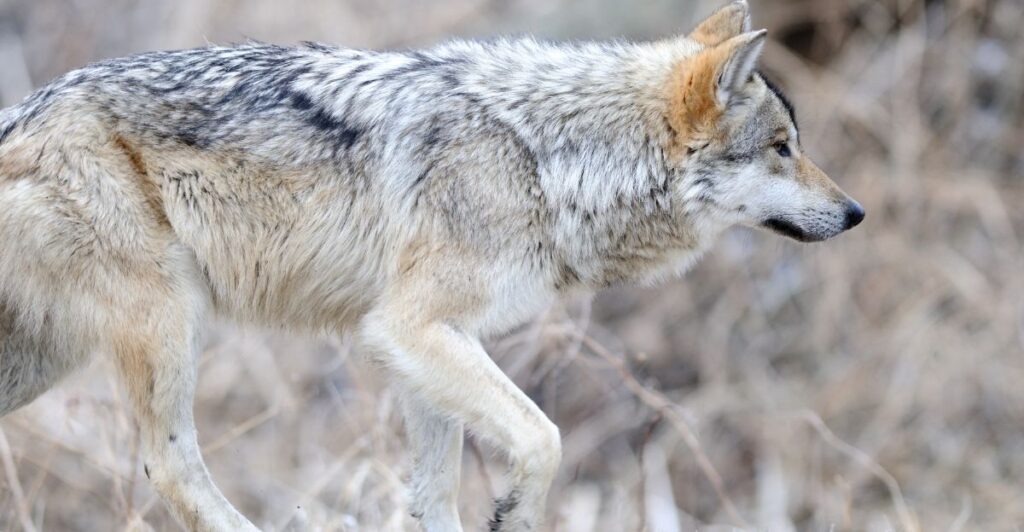
Declaring a state of emergency over Mexican gray wolf activity in Catron County is a strategic move to demand accountability from federal agencies. It underscores the urgent need for policies that balance ecological conservation with economic sustainability and public safety.
By identifying and addressing these social challenges head-on, policymakers can create solutions that help both wildlife recovery and the well-being of the community—necessary for the long-term success of any predator recovery plan.
This approach requires collaboration between federal agencies, local stakeholders, and environmental groups to develop sustainable solutions that consider both ecological and human impacts.
Explore more of our trending stories and hit Follow to keep them coming to your feed!

Don’t miss out on more stories like this! Hit the Follow button at the top of this article to stay updated with the latest news. Share your thoughts in the comments—we’d love to hear from you!







